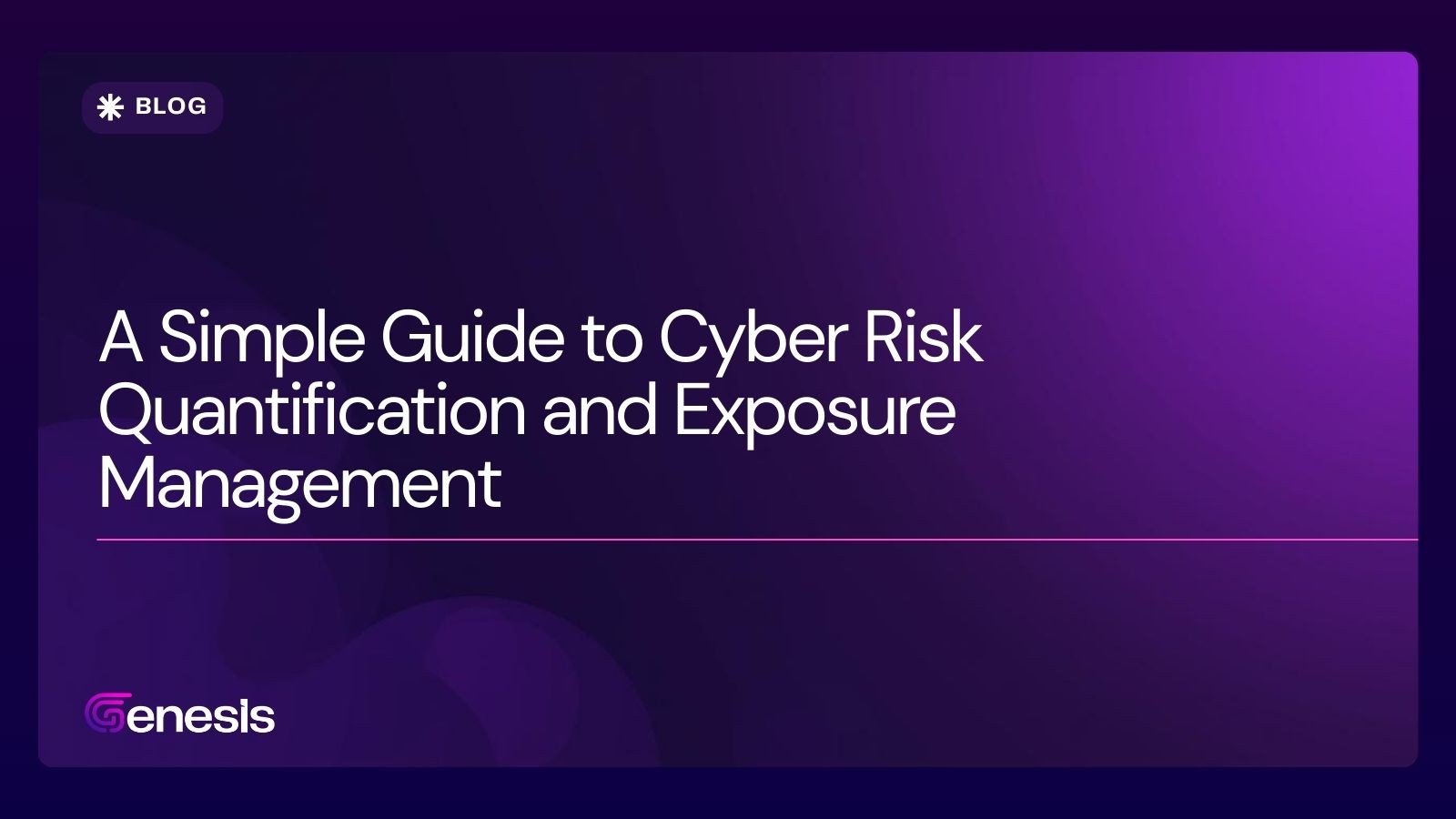Apr 25, 2025

Tanay Rai
Understanding NIS2
The Network and Information Security Directive 2 (NIS2) is the European Union’s most comprehensive cybersecurity legislation. Replacing the original NIS Directive 2016, NIS2 aims to ensure a high cybersecurity standard across all EU Member States.
Key Features of NIS2:
Broader Scope: This applies to a wider range of sectors, including energy, health, banking, manufacturing, transport, ICT services, and digital infrastructure.
Entity Classification:
Essential Entities: Large companies in high-criticality sectors.
Important Entities: Medium-sized companies or entities in other critical sectors.
Stricter Requirements:
Mandatory risk management measures.
Specific incident reporting obligations.
Management accountability for compliance failures.
Supply Chain Focus: Organizations must address cybersecurity risks from third parties, including suppliers, contractors, and service providers.
Penalties:
Fines up to €10 million or 2% of global turnover for Essential Entities.
Up to €7 million or 1.4% for Important Entities.
NIS2 is legally binding across the EU, and each Member State must transpose it into national law. It enforces stronger internal security measures and ensures that third-party networks are secure, resilient, and monitored continuously.
The Impact of NIS2 on Third-Party Risk Management (TPRM)
Under NIS2, organizations are responsible for their cybersecurity and the security of their entire supply chain. Third-party vendors, especially those providing critical services or accessing sensitive data, can expose organizations to significant cyber risks.
Why Third-Party Risk is a Priority:
Third-party incidents are often the entry point for significant breaches.
Suppliers may lack adequate security controls.
Regulatory authorities now hold organizations accountable for vendor-related breaches.
NIS2 Requirements Related to Third-Party Risk:
Risk Management: Entities must implement technical and organizational measures to manage risks posed by third parties.
Supply Chain Security: Explicit requirements to assess and mitigate risks from suppliers and service providers.
Incident Notification: Vendors must promptly inform you of any significant cybersecurity incidents affecting their services.
Verification: Organizations must be able to prove their third-party risk management efforts during audits or inspections.
Building a NIS2-Compliant Third-Party Risk Program
A structured TPRM program is essential for compliance and operational security. Below is a detailed, practical framework to align with NIS2.
1. Vendor Identification and Classification
Start by mapping your vendor ecosystem:
Identify all third parties involved in critical service delivery or data access.
Categorize vendors by:
Risk level: High, medium, low.
Function: IT services, cloud providers, logistics, etc.
Geographic location: EU-based or international.
The focus is on vendors linked to sectors listed under NIS2, especially in energy, healthcare, finance, and digital infrastructure.
2. Conducting Risk Assessments
Assess each vendor’s cybersecurity maturity:
Do they follow industry standards (ISO 27001, IEC 62443)?
Have they had past incidents?
What are their internal policies for:
Incident detection and response.
Encryption and data protection.
Employee security training.
Evaluate their disaster recovery and business continuity plans.
High-risk vendors should undergo a more thorough evaluation, including on-site audits or third-party verification.
3. Implementing Contractual Safeguards
All vendor contracts should include:
Cybersecurity requirements aligned with NIS2.
Clear incident notification obligations.
Right for your organization to audit or assess its security controls.
Enforcement mechanisms:
Fines or penalties for non-compliance.
Termination clauses for repeated breaches or failure to meet standards.
Ensure that contracts require vendors to apply multifactor authentication, data encryption, and have robust access control policies.
4. Continuous Monitoring and Review
Third-party risk isn’t static. Continuous monitoring is essential:
Monitor vendors’ systems for vulnerabilities.
Track compliance with contract terms and regulatory requirements.
Set up alerts for:
Data breaches.
Changes in vendor risk posture.
Schedule regular reviews:
High-risk vendors: Quarterly or biannual reviews.
Medium-risk vendors: Annual assessments.
5. Integrating Incident Response with Vendors
Vendors must be part of your incident response strategy:
Define who in the vendor organization is responsible for incident reporting.
Establish communication protocols for emergencies.
Conduct joint incident response drills to ensure readiness.
Ensure vendors can meet NIS2’s reporting deadlines:
24 hours: Early warning.
72 hours: Incident details.
1 month: Final report.
Challenges in Managing Third-Party Risks under NIS2
Fragmented Regulatory Landscapes
Each EU Member State transposes NIS2 into national law, which can lead to differences in interpretation and enforcement. Multinational organizations must adapt their third-party risk programs to accommodate these variations.
Volume of Vendors
Large organizations can have hundreds of suppliers. Manually assessing and monitoring each one is time-consuming and prone to gaps. Prioritizing based on risk and leveraging automation is crucial.
Vendor Resistance
Some vendors may lack the capability or willingness to meet your security standards. Providing guidance and support or seeking alternatives when necessary is essential.
How Genesis Platform Supports NIS2 Third-Party Risk Compliance
Genesis Platform simplifies the complexities of third-party risk management by:
Automating risk assessments: Issue NIS2-aligned questionnaires and analyze responses instantly.
Monitoring vendor compliance: Track vulnerabilities and receive alerts for vendor security issues.
Visualizing risk: Use dashboards to see which vendors pose the highest risk and need immediate attention.
Streamlining communication: Automate follow-ups with vendors for missing information or remediation actions.
By centralizing all risk data, Genesis helps organizations manage compliance efficiently and reduce the manual burden on internal teams.







